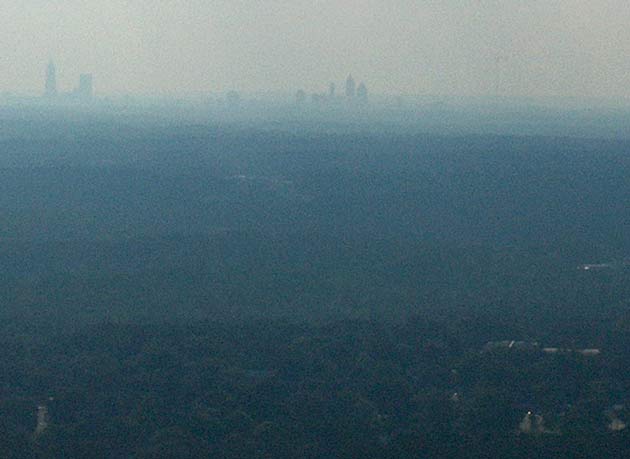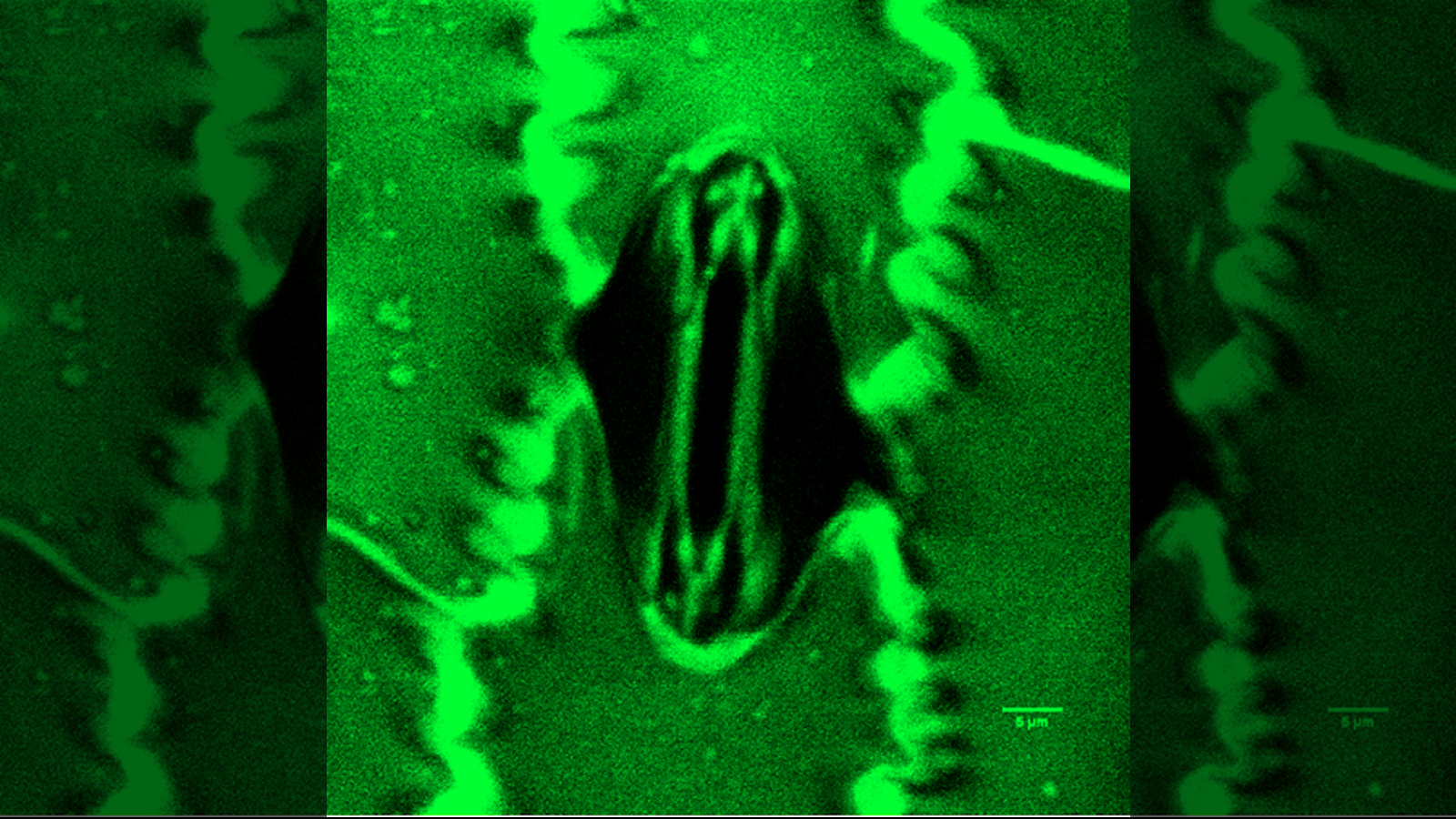Some Air Purifiers Create Smog-Like Conditions

UPDATED MAY 12, 2006 AT 2:42 PM ET
Correction: This article in its original form was inaccurate. The study involved two types of air purifiers, those commonly called ionic and those that employ a process called ozonolysis. Only those using ozonolysis were found to contribute to ozone levels that can in some cases exceed air quality standards. “Ionic air purifiers do emit ozone,” said lead researcher Sergey Nizkorodov, a chemistry professor the University of California, Irvine. But he added that “none of the ionic air purifiers produce enough ozone when they are used properly to exceed smog alerts.” The confusion was generated in part by a UC Irvine press release that did not clearly distinguish between these two types of machines. LiveScience regrets the error and any confusion it may have caused. The article has been revised.
Here's how to create your own personal Stage 2 Smog Alert: Buy a personal air purifier that emits high levels of ozone.
These devices are marketed to reduce pollen and particulates in room air. One variety, though, can generate ozone levels in a room that exceed high-smog days in Los Angeles.
Lead researcher Sergey Nizkorodov, a chemistry professor at the University of California at Irvine, noted that all “ionic” air purifiers emit some ozone. However, only purifiers based on ozonolysis appeared to result in the high ozone levels noted in his study. Unfortunately, not all manufacturers and retailers clearly distinguish between these two varieties of air purifiers. (LiveScience regrets any confusion resulting from an earlier version of this article that itself did not make this difference clear.)
Air purifiers are popular in urban areas. They are touted as getting rid of dust, pollen and other airborne particles.
Fill the room
Get the world’s most fascinating discoveries delivered straight to your inbox.
Ionic air purifiers, one type of these devices, are said to work by charging airborne particles and then attracting them to metal electrodes. They emit small amounts of ozone as a byproduct of this ionization process. The other machines, which employ ozonolysis, emit more ozone.
In a small and poorly ventilated room, the ozone adds to existing ozone and creates potentially unhealthy concentrations.
"People operating air purifiers indoors are more prone to being exposed to ozone levels in excess of public health standards," Nizkorodov said.
The research, funded in part by the National Science Foundation, was announced today and is detailed in the Journal of the Air & Waste Management Association.
Ozone high in the atmosphere protects Earth from damaging ultraviolet radiation. Down here, it is the main component in smog. Ozone can damage the lungs and cause shortness of breath and throat irritation, and it can also exacerbate asthma, scientists say.
Insidious machines
Nizkorodov and colleagues tested various air purifiers in homes, offices and cars. In many cases, according to a statement, ozone levels inside climbed above 90 parts per billion, exceeding California's basic safety threshold. In some cases, ozone soared higher than 350 parts per billion, which if measured outside would trigger a Stage 2 Smog Alert, an event that hasn't occurred in the Southern California coastal air basin since 1988.
California lawmakers are considering legislation to reduce emissions from indoor air purifiers. Meanwhile, both the state and the U.S. Environmental Protection Agency have issued advisories discouraging the use of the worst ozone emitters among these devices.
"These [ozonolysis] machines are insidious," said Barbara Riordan, acting chairperson of the California Air Resources Board (ARB), in a warning last year. "Marketed as a strong defense against indoor air pollution, they emit ozone, the same chemical that the ARB and … U.S. Environmental Protection Agency have been trying to eliminate from our air for decades. More chilling is that some people susceptible to the ill effects of ozone will eagerly bring these Trojan horses home."
Science does not even suggest that all air purifiers do what they're purported to do.
An EPA fact sheet has this to say about air purifiers: "Available scientific evidence shows that at concentrations that do not exceed public health standards, ozone has little potential to remove indoor air contaminants. Some manufacturers or vendors suggest that ozone will render almost every chemical contaminant harmless by producing a chemical reaction whose only by-products are carbon dioxide, oxygen and water. This is misleading."
- Dandruff Found in the Air
- Beach Pollution Worse During Full Moon
- Springtime Means Sun, Flowers and Smog from Abroad
- US Pollution Drops
Robert is an independent health and science journalist and writer based in Phoenix, Arizona. He is a former editor-in-chief of Live Science with over 20 years of experience as a reporter and editor. He has worked on websites such as Space.com and Tom's Guide, and is a contributor on Medium, covering how we age and how to optimize the mind and body through time. He has a journalism degree from Humboldt State University in California.
 Live Science Plus
Live Science Plus






